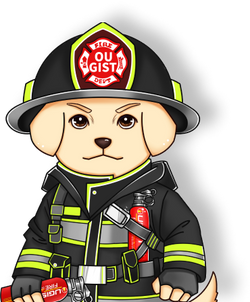Forest fires, often referred to as wildfires, can wreak havoc on our environment, wildlife, and human communities. These disasters are a serious concern worldwide, and their impact can be devastating. In this blog, we will explore the hazards of forest fires and discuss effective measures to avoid them.

The Hazards of Forest Fires:
-
Environmental Destruction:
- Forest fires destroy ecosystems, including plants, trees, and animal habitats.
- The release of carbon dioxide during wildfires contributes to climate change.
-
Threat to Wildlife:
- Countless wildlife species lose their habitats and lives during forest fires.
- Smoke inhalation and burns are common causes of wildlife casualties.
-
Health Risks for Humans:
- Smoke from forest fires poses health risks to humans, particularly those with respiratory issues.
- Firefighters and nearby residents can suffer from smoke-related illnesses.
-
Property Damage:
- Forest fires can destroy homes, infrastructure, and personal belongings.
- Evacuations and property loss can lead to emotional and financial stress.
-
Economic Impact:
- Communities dependent on forestry or tourism can suffer severe economic losses.
- The cost of firefighting efforts and post-fire rehabilitation is substantial.

Preventing Forest Fires:
-
Education and Awareness:
- Promote public awareness about fire safety measures and responsible behavior in forested areas.
- Educate communities on the consequences of arson and careless human activities.
-
Firebreaks and Controlled Burns:
- Establish firebreaks and conduct controlled burns to reduce the buildup of flammable vegetation.
- These practices help prevent large-scale, uncontrollable wildfires.
-
Fire Bans and Regulations:
- Implement fire bans and restrictions during dry seasons or in high-risk areas.
- Enforce regulations on campfires, fireworks, and outdoor burning.
-
Firefighting Preparedness:
- Invest in well-trained firefighting teams equipped with the latest technology.
- Develop early warning systems and evacuation plans for at-risk communities.
-
Public and Private Responsibility:
- Encourage homeowners in fire-prone areas to create defensible spaces around their properties.
- Support initiatives for responsible forest management and sustainable land use.


